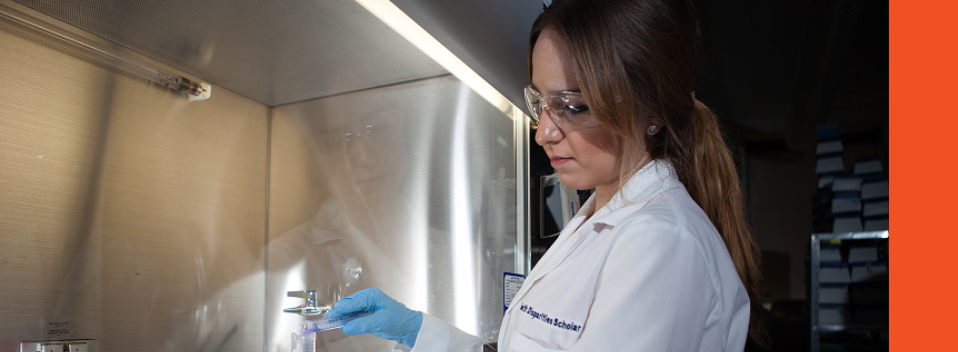
Health & Biomedical Sciences Faculty Publications and Presentations
Modulation of bone turnover by Cissus quadrangularis after ovariectomy in rats
Document Type
Article
Publication Date
2-12-2019
Abstract
In women, age-related bone loss is associated with increased risk of bone fracture. Existing therapies are associated with severe side effects; thus, there is a need to find alternative medicines with less or optimal side effects. Cissus quadrangularis (CQ), an Ayurvedic medicine used to enhance fracture healing, was tested for its bone protective properties and studied to discern the mechanism by which it is beneficial to bone. Female Sprague Dawley rats were either sham operated or ovariectomized and were fed CQ for 3 months. Several biochemical markers, cytokines and hormones were assayed. Femur, tibia and lumbar vertebrae were subjected to pQCT and µCT densitometry. MC3T3 cells were cultured, treated with CQ and used to analyze miRNA content and subjected to qPCR for gene expression analysis related to bone metabolism. CQO rats showed protected bone mass and microarchitecture of trabecular bone in the distal femoral metaphysis and the proximal tibial metaphysis. The lumbar vertebrae, however, showed no significant changes. Serum protein expression levels of P1NP increased and Trap5b and CTX levels decreased with in vivo CQ treatment. Some influence on the anti- and pro-inflammatory markers was also observed. Significantly high level of estradiol in the CQO rats was observed. In vitro expression of a few genes related to bone metabolism showed that osteocalcin increased significantly. The other genes—collagen I expression, SPP1, BMP2, DCAT1—decreased significantly. Certain miRNA that regulate bone turnover using the BMP pathway and Wnt signaling pathways were upregulated by CQ. qPCR after acute treatment with CQ showed significantly increased levels of osteocalcin and decreased levels of Wnt/β catenin antagonist DCAT1. Overall, CQ protected the microarchitecture of the long bones from ovariectomy-induced bone loss. This may be because of decreased inflammation and modulation through the BMP and Wnt signaling pathways. We conclude that CQ is a potential therapeutic agent to treat postmenopausal osteoporosis with no side effects.
Recommended Citation
Guerra, J. M., Hanes, M. A., Rasa, C., Loganathan, N., Innis-Whitehouse, W., Gutierrez, E., ... & Banu, J. (2019). Modulation of bone turnover by Cissus quadrangularis after ovariectomy in rats. Journal of bone and mineral metabolism, 37, 780-795. https://doi.org/10.1007/s00774-018-0983-3
Publication Title
Journal of Bone and Mineral Metabolism
DOI
10.1007/s00774-018-0983-3


Comments
© Springer Japan KK, part of Springer Nature 2019
https://rdcu.be/cYucH